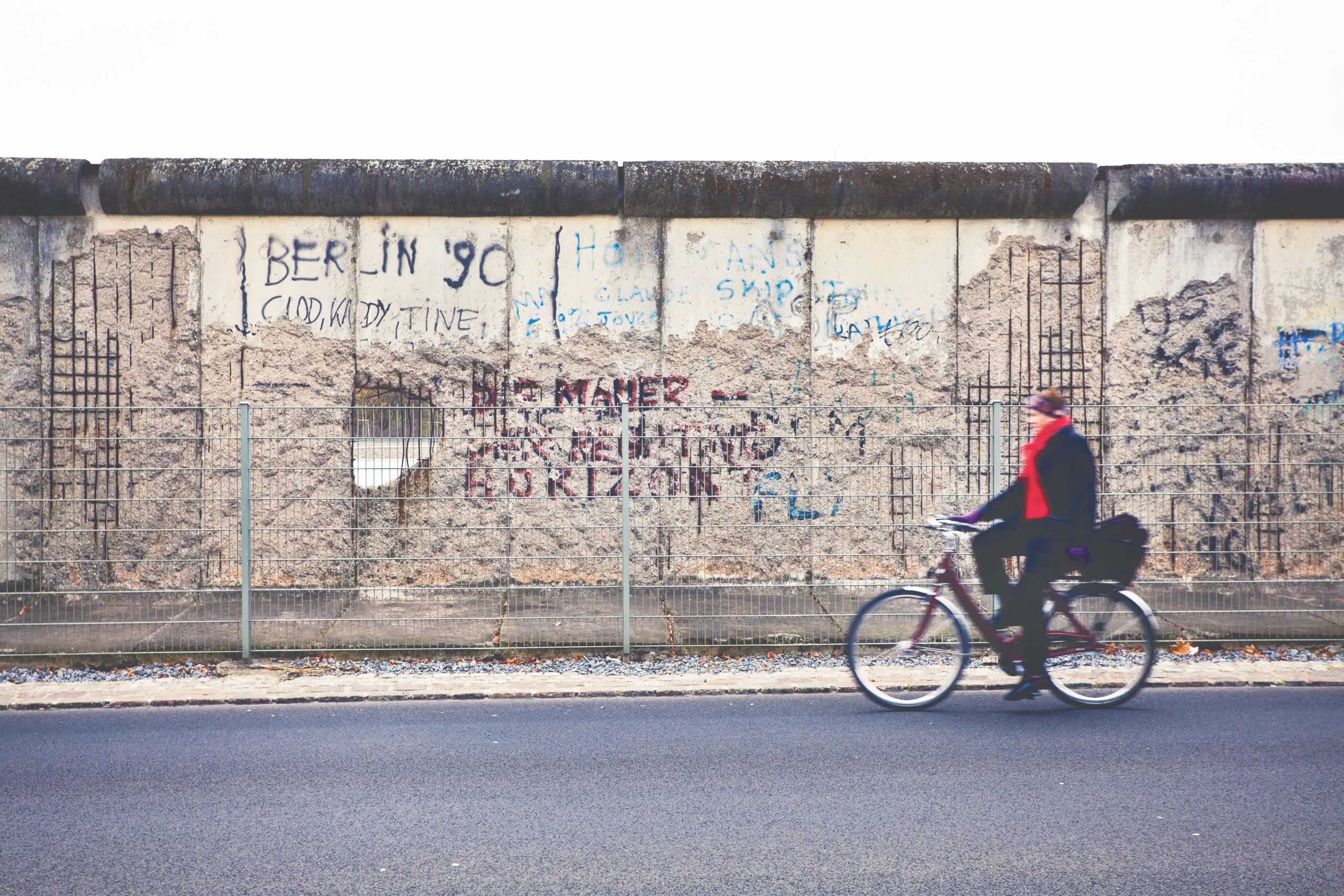In October 1961, Ikeda Sensei visited the Berlin Wall just two months after it had been erected. “The sudden closing of the passage between East and West Berlin split families, relatives and lovers,” he wrote of the time. “It was a small-scale model of the Cold War, in which people were oppressed and cast asunder by opposing ideologies” (The New Human Revolution, vol. 4, pp. 261–62).
At the wall, Sensei said with a conviction that belied the stark reality of the
times, “I am sure that in 30 years this Berlin Wall will no longer stand.” (p. 319). At the Brandenburg Gate, he chanted Nam-myoho-renge-kyo deeply for the peace and happiness of the German people.
Sensei later recalled that he was not simply giving voice to a prediction or a wish that the wall would come down: “I spoke from my conviction that a people seeking peace would definitely be united. I was expressing my personal vow to keep struggling through the means of dialogue for the sake of world peace” (April 21, 2017, World Tribune, p. 2).
From that moment, he waged an unparalleled struggle to build bridges of dialogue between leaders of opposing ideologies, culminating in his undeniable contributions to the end of the Cold War.
In November 1989, 28 years later, the Berlin Wall came down.
—Adapted from the January 2018 Living Buddhism, p. 32
You are reading {{ meterCount }} of {{ meterMax }} free premium articles

